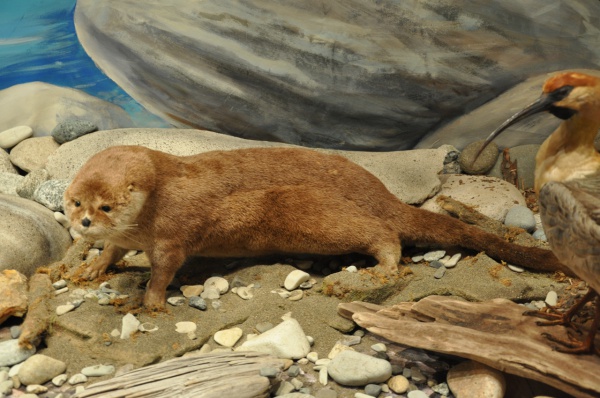Facts About Southern river otter
The southern river otter, native to Chile and Argentina, is a captivating species known for its ability to thrive in both marine and freshwater environments. Despite its name, this "river otter" is remarkably adaptable and can inhabit various types of habitats. Unfortunately, it is currently endangered due to illegal hunting, water pollution, and habitat loss.
These otters are medium-sized, with dark-brown fur and a lighter underside. They can grow up to about 2.5 feet in length and weigh between 5 to 10 kilograms. Behaviorally, females and their offspring often live in family groups, while males tend to be more solitary. Their diet is diverse, including fish, crustaceans, mollusks, and birds.
Southern river otters favor freshwater lakes and rivers, particularly areas with dense shoreline vegetation that provides ample cover. However, their population is under threat from several factors. Historically, they were hunted for their pelts. Today, habitat destruction from human activities such as dam and road construction, along with a decline in prey due to invasive species, continues to pose significant risks.
Conservation efforts are currently focused on several key strategies. Surveys are conducted to better understand population declines, and some otters are protected within national parks. There is also a pressing need for better enforcement of anti-poaching laws. Looking ahead, future strategies include gathering more data on population numbers, protecting critical habitats, and potentially implementing captive breeding programs to reintroduce the otters into the wild.

 Argentina
Argentina